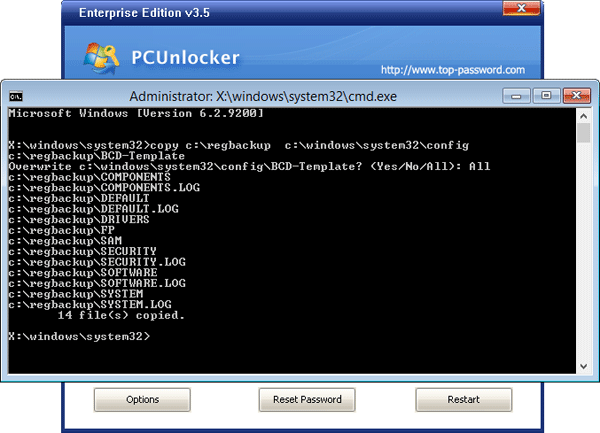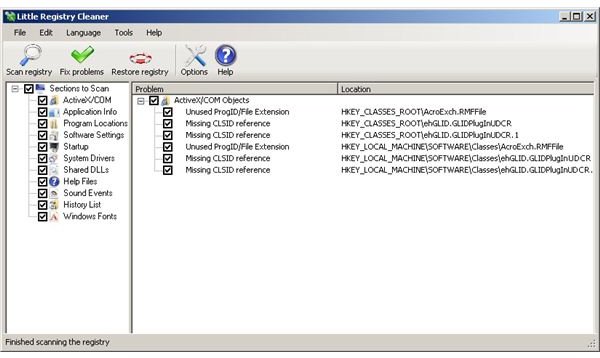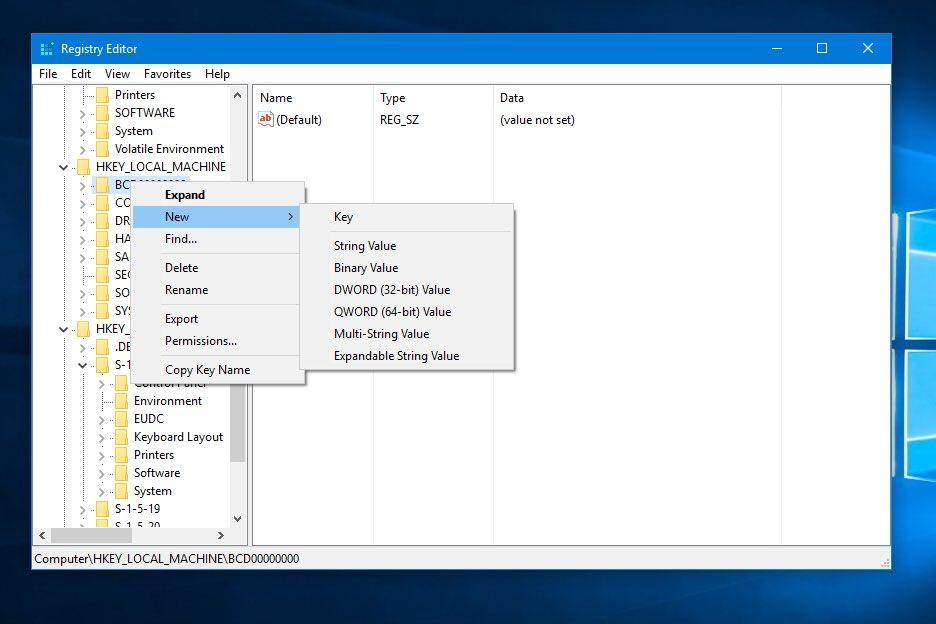
Free windows registry repair 3.1 keygen#

Removing registry entries can make malware removal more difficult, and the usefulness of making changes to the Registry is overrated and can be dangerous. Each vendor has different criteria for what constitutes a “bad entry.” Some utilities don't make a backup of the registry before making changes to it, so if something bad is done it cannot be easily reversed. If users believe that their Windows performance is improved after running a utility, it's a placebo effect.ī says there's no statistical evidence of the performance improvement claims of registry utility vendors. Whether or not Windows registry fixing utilities are actually useful is a controversial topic.Īccording to Malwarebytes Labs, Registry cleaners are “digital snake oil.” They believe that making changes to the registry with those utilities at best make improvements that are so subtle that they're barely perceivable, and at worst do harm that can be significant enough to require a complete reinstallation of Windows. The program is hidden from the GUI, perhaps as a way of preventing users who may not know what they're doing from making changes that might break their operating system. The Windows Registry editor can be launched in Windows by executing “regedit” from the Run menu. conf files in Linux and UNIX based OSes, but with a set hierarchy.

I think of Windows registry keys as the rough equivalent of.

It's how the platform organizes low level configuration settings, and the settings of many first and third party Windows applications. The Windows registry has been a component of every client version of Windows from 3.1 to 10. A lot of Windows Trojans present themselves as useful utilities such as drefragmentation tools, registry fixers, and ironically, antivirus software. Many of my malware-related tickets were to fix problems caused by users who installed Trojans. Although Windstream is an ISP, they also offered a general Windows client OS remote support service for their predominantly rural customers. Before I got into cybersecurity, I spent years as a technical support agent for Windows end users of Windstream, an American ISP.


 0 kommentar(er)
0 kommentar(er)
